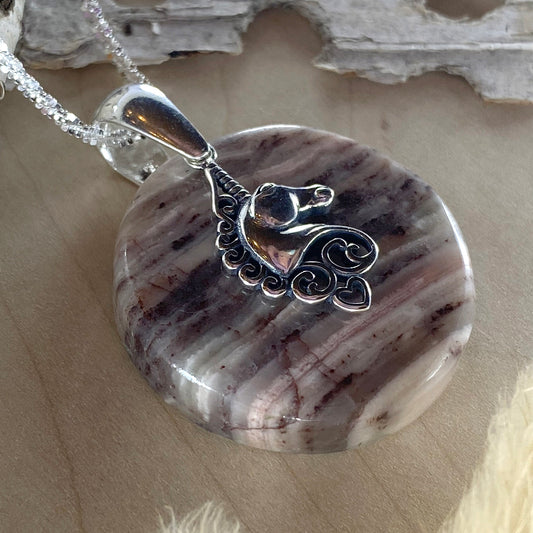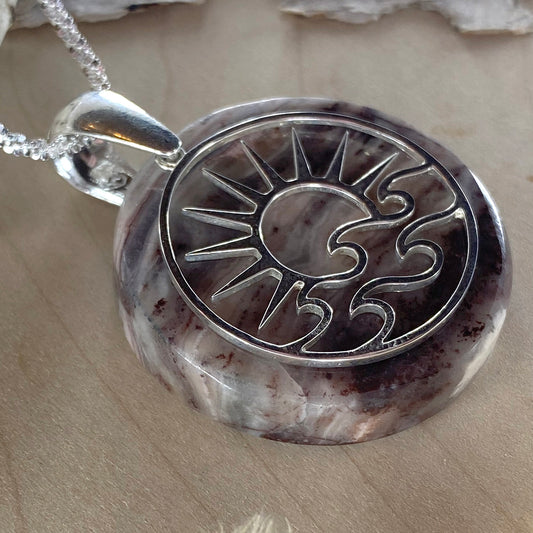Collection: Dolomite
-
Kona Dolomite Michigan-Shaped Pendant Necklace
Regular price £39.00 GBPRegular priceUnit price / per -
Kona Dolomite Michigan-Shaped Pendant Necklace
Regular price £39.00 GBPRegular priceUnit price / per -
Kona Dolomite Pendant Necklace
Regular price £43.00 GBPRegular priceUnit price / per -
Kona Dolomite Pendant Necklace
Regular price £45.00 GBPRegular priceUnit price / per -
Kona Dolomite Pendant Necklace
Regular price £47.00 GBPRegular priceUnit price / per










